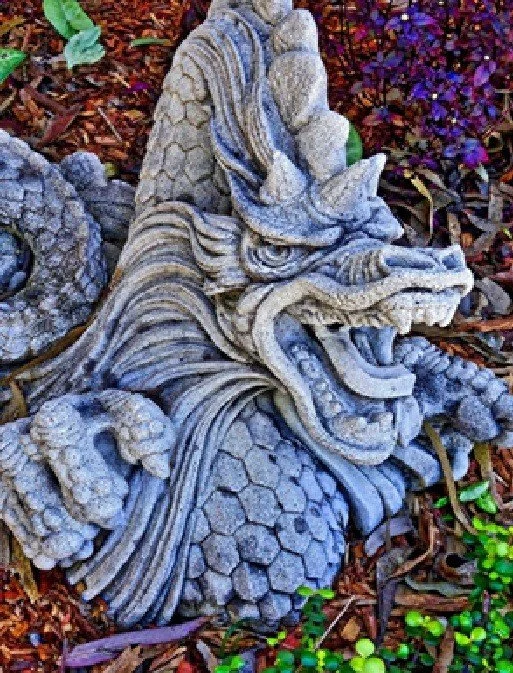Know what you’re looking at, not just what you’re looking for.
South of Watson Lake, Yukon Territory, Canada, there is a famous occurrence of jade. In the late 1890s, after the Klondike rush had run its course, prospectors combed the mountains looking for more gold strikes. Some of the miners were of Chinese descent and recognized a large occurrence of jade. Other nationalities, not having a tradition of jade, did not know the value of that particular rock.
Jade has been used since the neolithic period to make tools and jewelry. Several cultures are known for their beautiful art work in jade including the Mayan, Aztec and most notably, the Chinese. The Chinese took jade carvings to a very fine art and there are valuable pieces of ancient jade art found in many museums.
The Chinese Klondike miners worked the Watson Lake jade deposit and shipped it as ballast (extra weight placed low in ships to lower the center of gravity) on ships returning to China. They made fortunes before anyone caught on. If you’re looking to strike it rich prospecting, better know what has value and not only the commodity you’re looking for.
When I was working in Columbia, South America, I heard a somewhat similar story. When the Spanish were working placer gold deposits in the 1600 and 1700s, their sluice boxes were constantly being plugged by silvery colored nuggets that weren’t gold or silver but heavy, just like gold. They didn’t know what the heavy mineral was but because it was such a nuisance, they gathered the troublesome silvery material, placed it in barrels and used it for ship ballast. The ships would sail down the large rivers from the mining areas and when they made it to the ocean, the barrels were thrown overboard. Bad idea. The heavy, silvery material was platinum.
Today there is a roadside rock shop next to the highway south of Watson Lake, Canada, called Jade City, that has spectacular specimens of jade. I went crazy looking at all the rocks but could only afford a fist-sized sample for my rock collection. When I told them I gave talks to school kids, they were nice enough to give me another sample of jade so that I could explain how it’s formed.
Jade is a general term for a group of metamorphic minerals. These minerals are formed under high pressure and low temperature in oceanic material being subducted under a continental margin. Of course, you need the right chemical composition of the oceanic crust but as it’s squeezed, it’s metamorphosed into the minerals jadeite - a sodium and aluminum pyroxene, or; nephrite- a calcium and magnesium rich amphibole.
In my prospecting career, I always tried to study and research the commodity I was looking for but I also kept an open mind for what had value. While working for a gold company in South America, my exploration team discovered a copper occurrence. Because it wasn’t gold, the company decided to drop the claims and, even though we pleaded with the company to hang onto them or for them to sell us the claims, management was adamant. They were a gold company and copper didn’t fit into the company’s portfolio of properties. They dropped the claims. No sooner than the claims became vacant, another company grabbed them and drilled what has become a large undeveloped copper resource, worth billions.
There have been prospectors that were smart enough to recognize that even though a commodity is not valuable at the time they found it, there was a possibility it would in the future. Molybdenum, moly for short, is a case in point.
In 1879, Charles Senter discovered a deposit of a gray mineral, (molybdenite- the ore of moly) high up in the Colorado Rockys that neither he nor anyone else could identify. Senter suspected that he had something important so he held on to the claims until he sold them and was able to retire on the proceeds. It wasn’t until 1914, the start of World War I, that metallurgists learned the Germans were alloying moly with steel to produce a very hard steel plate and were using it in battle tanks. The Climax Moly mine went into production in 1915.
Mineral Park, the mine north of Kingman in the Cerbat Mountains, produces four commodities; copper, moly, silver, and turquoise gem stone. Several of the years I worked there, the price of copper fell and it was the moly that kept us profitable.
I am sure the Chinese miners of the Canadian jade deposit would be smiling. Know what you’re looking for and know what is valuable, or someone else will eat your lunch.
